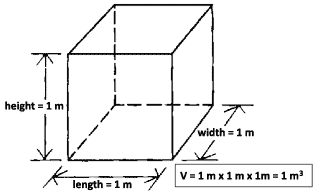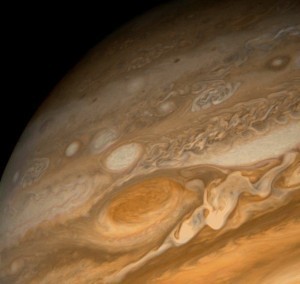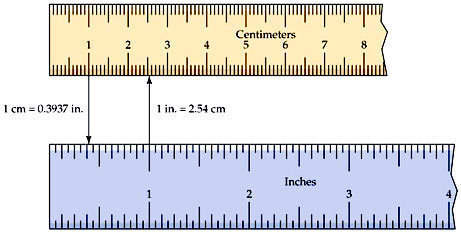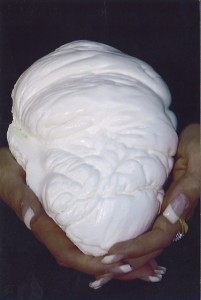Biggest Moon
The 7th moon of the planet Jupiter, Ganymede is considered as the biggest moon in the solar system, occupying a surface area of 87.0 million square kilometers. It measures 5,268 kilometers (3,270 miles) in diameter, which is bigger than the planet Mercury by 8% (although it only has 45% of that planet’s mass) and bigger by 2% than Titan, a moon of Saturn and the second largest moon in the solar system. Ganymede’s mass is 2.02 times that of the Earth’s moon, the highest mass among all of the planetary satellites.
Ganymede’s average density is 1.936 grams per cubic centimeter, which indicates that it is composed of roughly equal portions of rocky matter and water, primarily as ice. It is believed that there is a saltwater ocean existing almost 200 kilometers below the moon’s surface. Internally, Ganymede has an iron sulfide/iron core, a silicate mantle, and an outer mantle made of ice. The core has an estimated radius of 700-900 kilometers and a density of 5.5-6 grams per cubic centimeter. The silicate mantle has an approximate density of 3.4-3.6 grams per cubic centimeter. The outer ice mantle has a thickness of about 800-1,000 kilometers.
Ganymede is the 3rd of the 4 moons discovered by Italian astronomer Galileo Galilei. These so-named Galilean moons are the largest among Jupiter’s numerous satellites. The discovery of these moons occurred on January 7, 1610, when Galileo detected what appeared to be 3 stars close to Jupiter. On the following night, he noticed that these objects had changed position. It was on January 13 that Galileo first saw all 4 of the objects appear at the same time, and on January 15, he concluded that these stars were in fact moons in Jupiter’s orbit.
The 4 Galilean moons would then be individually named by German astronomer Simon Marius, who had claimed that he had discovered the satellites at the same time that Galileo did. The moons were named after the lovers of the Greek god Zeus (the equivalent of the Roman god Jupiter), namely, Io, Europa, Ganymede and Callisto. In particular, Ganymede was named for the cupbearer of the Greek gods. Interestingly, the mythological Ganymede was a man. Actually, Galileo was never fond of the names Marius selected, and instead referred to the moons by the Roman numerals I, II, III and IV. It was not until the mid-20th century when Marius’ names would be widely used, although Galileo’s numbering system is still applied today.





